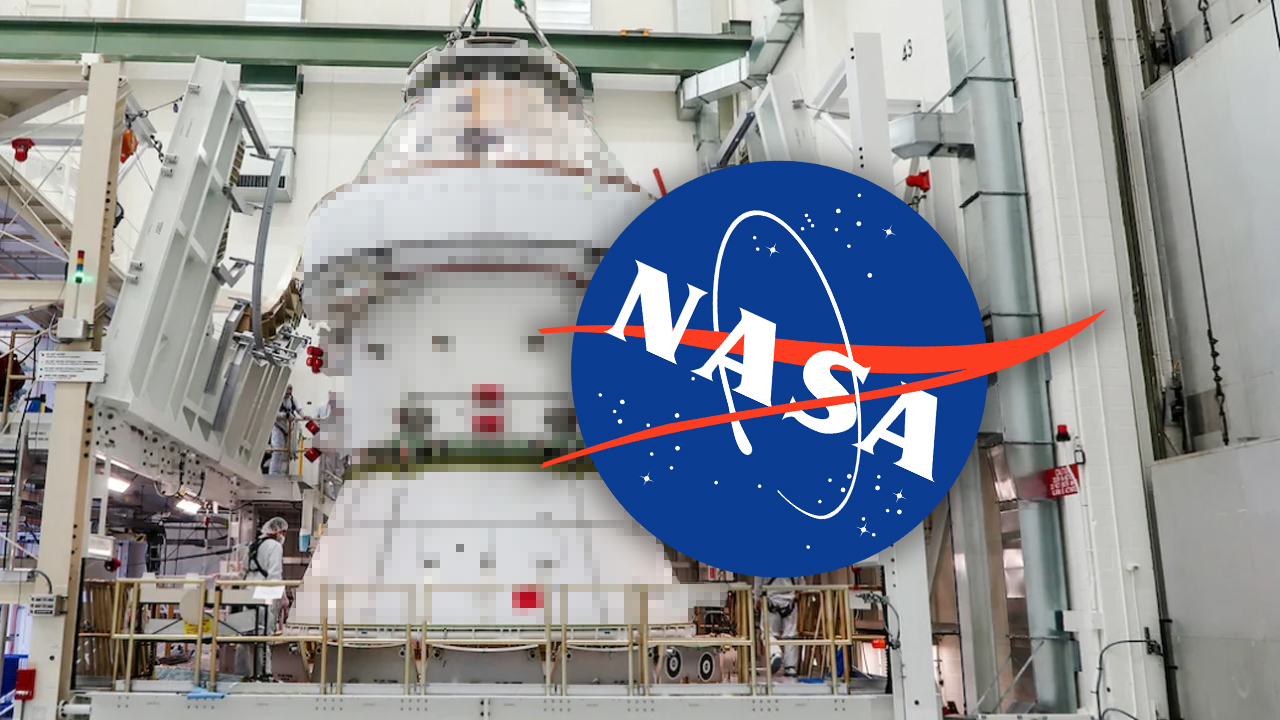Next year, NASA astronauts will be heading to the Moon again as part of the Artemis II mission. The European Space Agency has shared a photo of the four-person Orion spacecraft that will carry out the Artemis II mission, showing what it looks like before it is exposed to conditions similar to the space environment.
NASA’s Orion spacecraft for the lunar mission:
NASA’s Orion spacecraft, currently being prepared at NASA’s Kennedy Space Center in Florida, will take humanity around the moon, a mission that has not been accomplished in more than 50 years.
The Artemis II mission will be carried out by NASA’s massive Space Launch System (SLS) rocket. This rocket will launch the astronauts into orbit where they will orbit the moon. But this time they will not land on the Moon. They will return to Earth and make a landing at a temperature of 5000 degrees. If this mission is successful, the Artemis III mission will be launched in September 2026 and astronauts will land on the Moon’s dusty surface.
The Orion spacecraft consists of four main sections:
- The crew module: This is where the astronauts will live during their spaceflight.
- Crew module adapter: This section connects the crew module to an important component called the European Service Module.
- Service Module: Orion’s power source. It supplies important needs such as electricity, propulsion, thermal control, air and water.
- Spacecraft adapter: This section connects Orion to the SLS rocket.
NASA has pushed back the planned launch date for the Artemis II mission. Originally scheduled for late 2024, this mission was postponed to September 2025 to resolve some issues. NASA prioritizes crew safety above all else and therefore prefers safety over speed.

With the success of the Artemis missions, NASA’s goals are different from the Apollo missions. This time, they aim to establish a permanent presence on and around the Moon. In addition, NASA aims to take scientists to the Moon’s south pole, where water ice is found. This could be a critical source of water and fuel for a potential lunar colony.
What do you think? Please don’t forget to share your thoughts with us in the comments section below.














